British photographer Iain McKell is publishing a book of photographs from 1976, which he shot on the side while working as a seafront photographer in Weymouth, south-west England
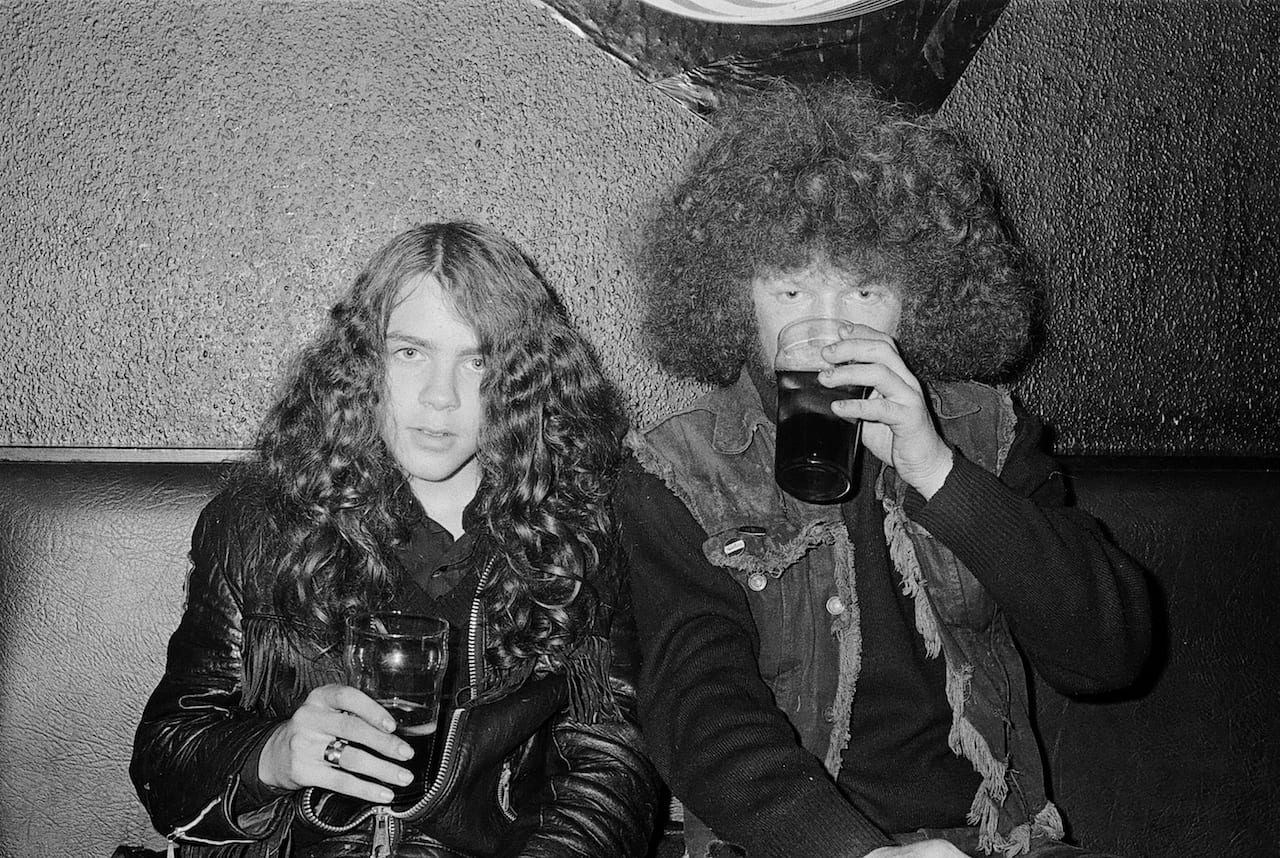

British photographer Iain McKell is publishing a book of photographs from 1976, which he shot on the side while working as a seafront photographer in Weymouth, south-west England
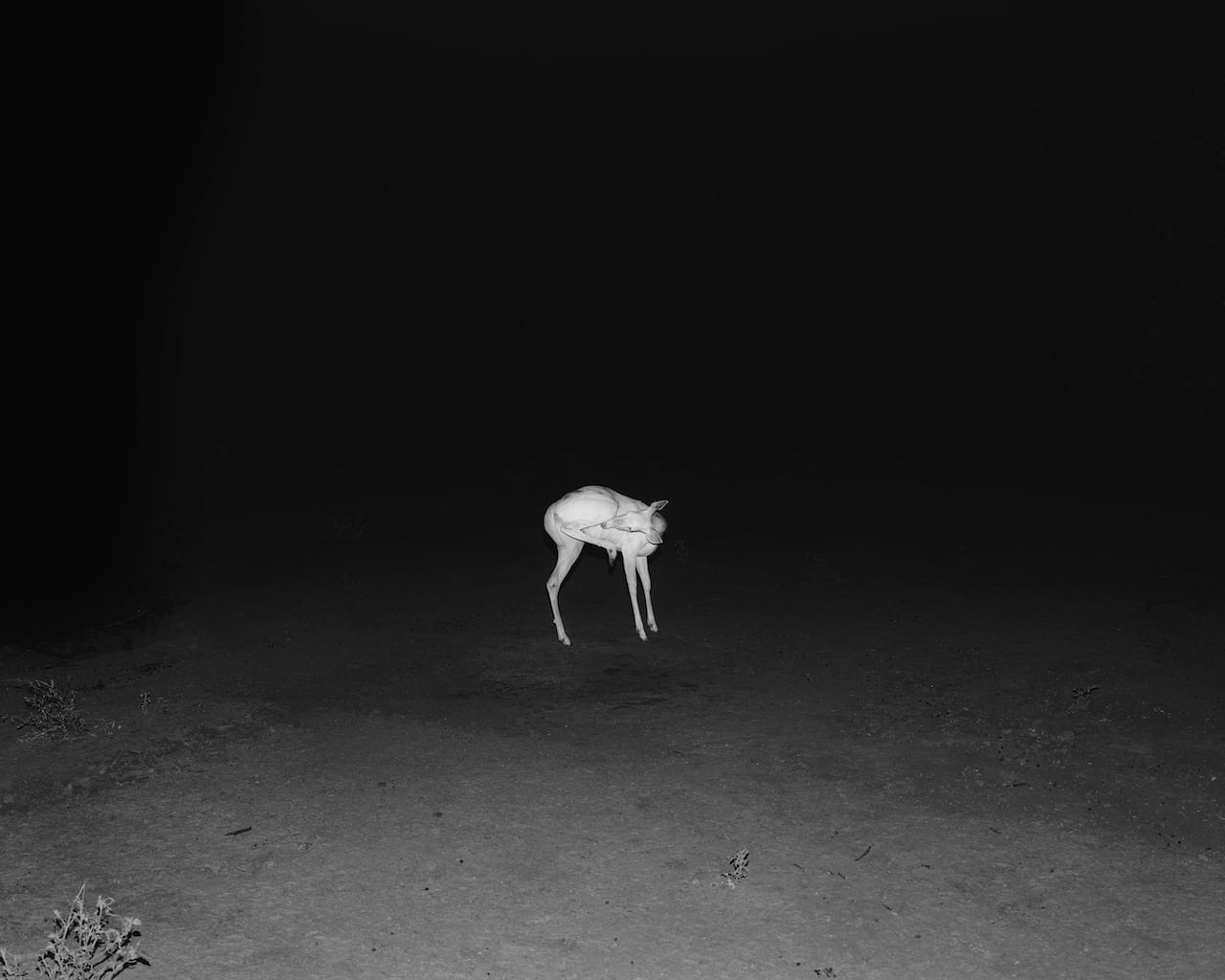
Photographed in the forests and mountains of the Ozarks, Matthew Genitempo’s first book, Jasper, published by Twin Palms, is a poetic exploration of the American landscape and the people who seek peace within its grasp, filled with an emotional range that is hard to pin down. Completed as his graduate thesis for an MFA at the University of Hartford in Connecticut, it’s the first major project he’s fully completed, and a gear shift towards leading from his gut.
“I was making photographs of the American Southwest, and Jasper [named after the town in Arkansas where many of the pictures were made] began when I abandoned all that work,” he says from his home in the west Texas town of Marfa. “I had been making photographs that were preconceived, but I wanted to make pictures that were leading with my eyes and my instincts.
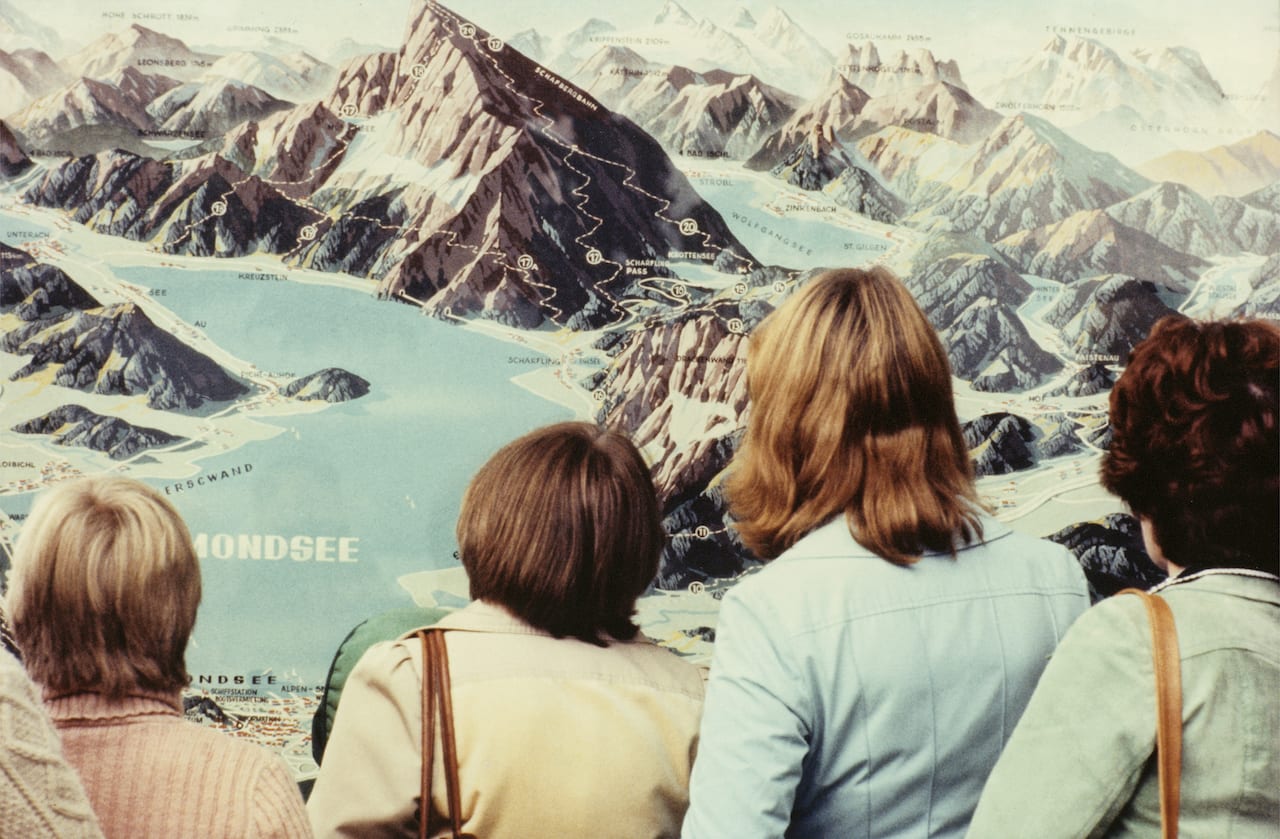
“My aim is not to make PHOTOGRAPHS, but rather CHARTS and MAPS that might at the same time constitute photographs,” writes photographer and prolific writer on his craft, Luigi Ghirri in his 1973 essay, Fotografie del periodo iniziale. Trained as a surveyor, the iconography of maps and atlases prevail Ghirri’s photography. “But what if you map his work?” asks curator James Lingwood. “He was, in a way, mapping the changing topography of modern life in Europe in the 1970s and also the change in the relationship between people and images.”
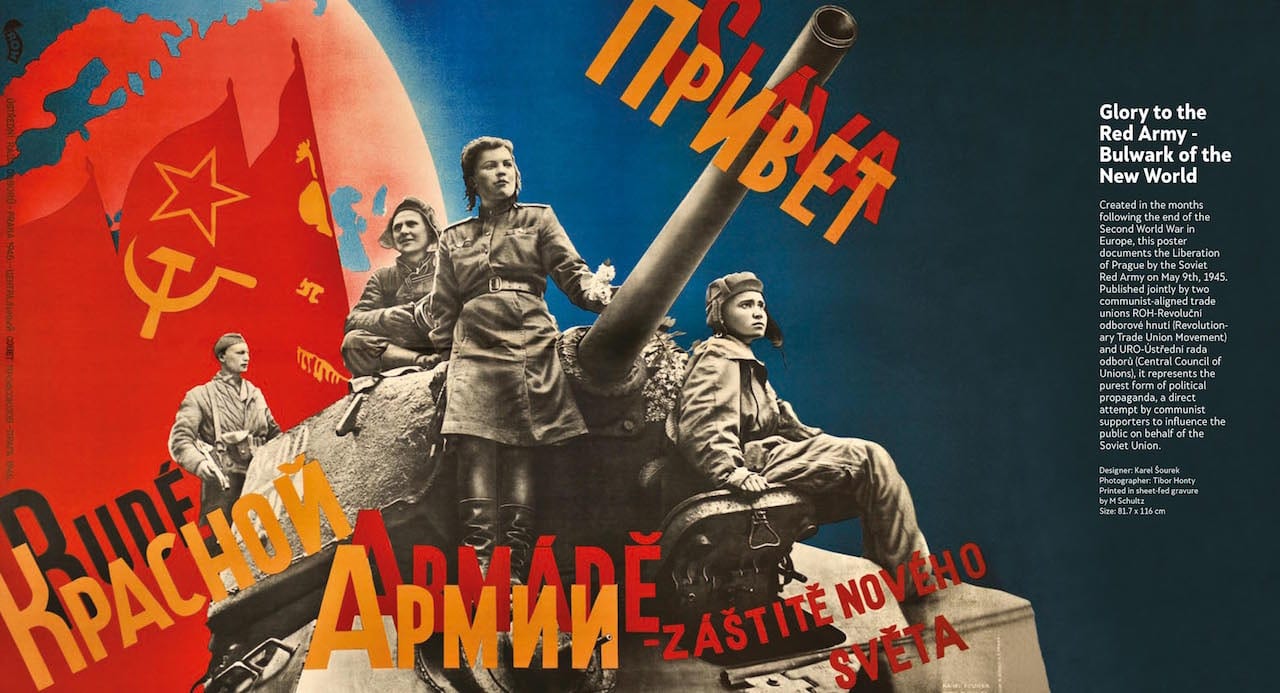
Manfred Heiting started collecting photobooks in the 1970s, turning to it in earnest in the 1990s and creating a library that was considered one of the most complete in the world, including a copy of most of the important photobooks that appeared from 1888-1970 in Europe, the United States, the Soviet Union, and Japan. This collection formed the basis of several compendium books published by Steidl, including “Autopsie” – German Photobooks 1918-1945, The Soviet Photobook 1920-1941, and The Japanese Photobook 1912-1990 – but sadly, it was decimated in the California wildfires of 2018, when it went up in smoke along with Heiting’s home in Malibu. As Steidl publishes a new book by Heiting, Czech and Slovak Photo Publications, 1918-1989, BJP caught up with him.
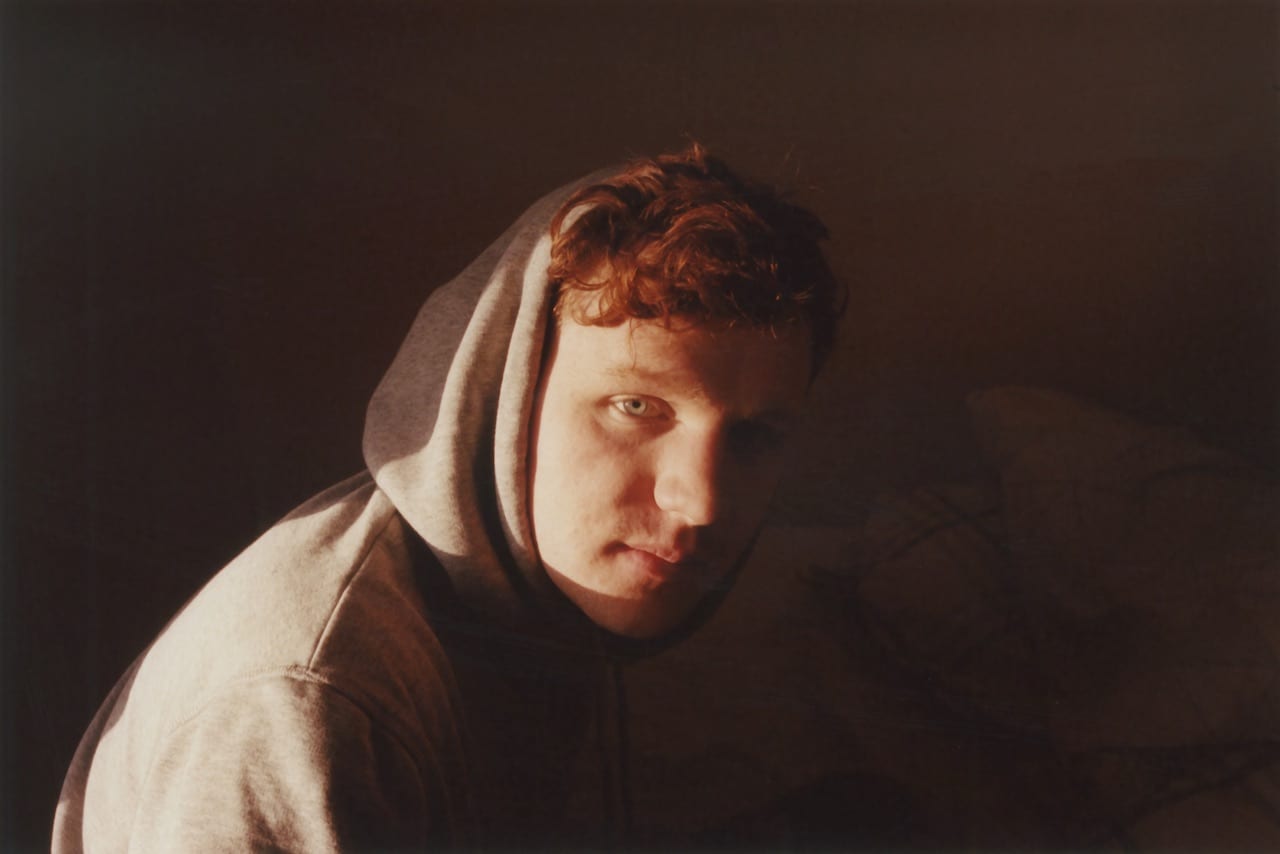
It started in the early summer of 2018, when Cole Flynn Quirke’s grandmother passed away after suffering from a long-term illness. “It was the first time I ever lost someone that I adored so much. It affected me in a way that I didn’t really think things could,” he says. “I started to feel – and I know it sounds really cringey but – a kind of overwhelming weight of existing. My life became more important to me than it ever has before.”
A Bird Flies Backwards is an autobiographical project built around the timeless themes of mortality, friendship, love and lust. It includes photographs of Quirke’s family and friends and their surrounding landscape, as well as videos pulled from old VHS footage, and painful images of his grandmother on her death-bed. “I didn’t even want to look at those prints, but I put them in there because they’re important to the narrative,” says Quirke.
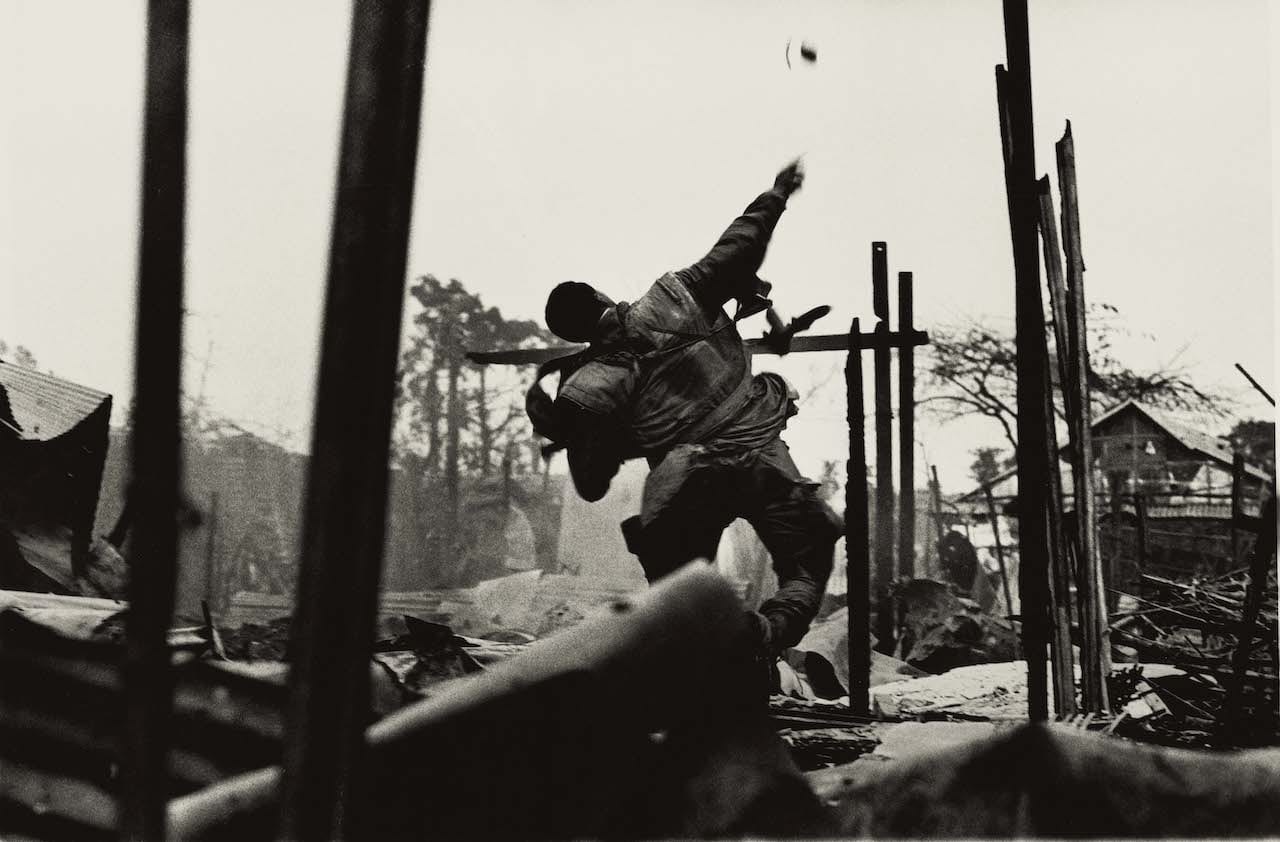
An interview with Don McCullin is never going to be a dull affair – he is a complex man who has told the story of his life many times before. He is unfailingly polite and gentlemanly, but one detects a slightly weary tone as he goes over the familiar ground. He often pre-empts the questions with clinical self-awareness.
The story of McCullin’s rise from the impoverished backstreets of Finsbury Park in north London is one of fortuitous good luck, but it didn’t start out that way. Born in 1935, he was just 14 when his father died, after which he was brought up by his dominant, and sometimes violent, mother. During National Service with Britain’s Royal Air Force, he was posted to Suez, Kenya, Aden and Cyprus, gaining experience as a darkroom assistant. He bought a Rolleicord camera for £30 in Kenya, but pawned it when he returned home to England, and started to become a bit of a tearaway.
Redemption came when his mother redeemed the camera, and MccCullin started to take photographs of a local gang, The Guvners. One of the hoodlums killed a policeman, and McCullin was persuaded to show a group portrait of the gang to The Observer. It published the photo, and kick-started a burgeoning career as a photographer for the newspaper.
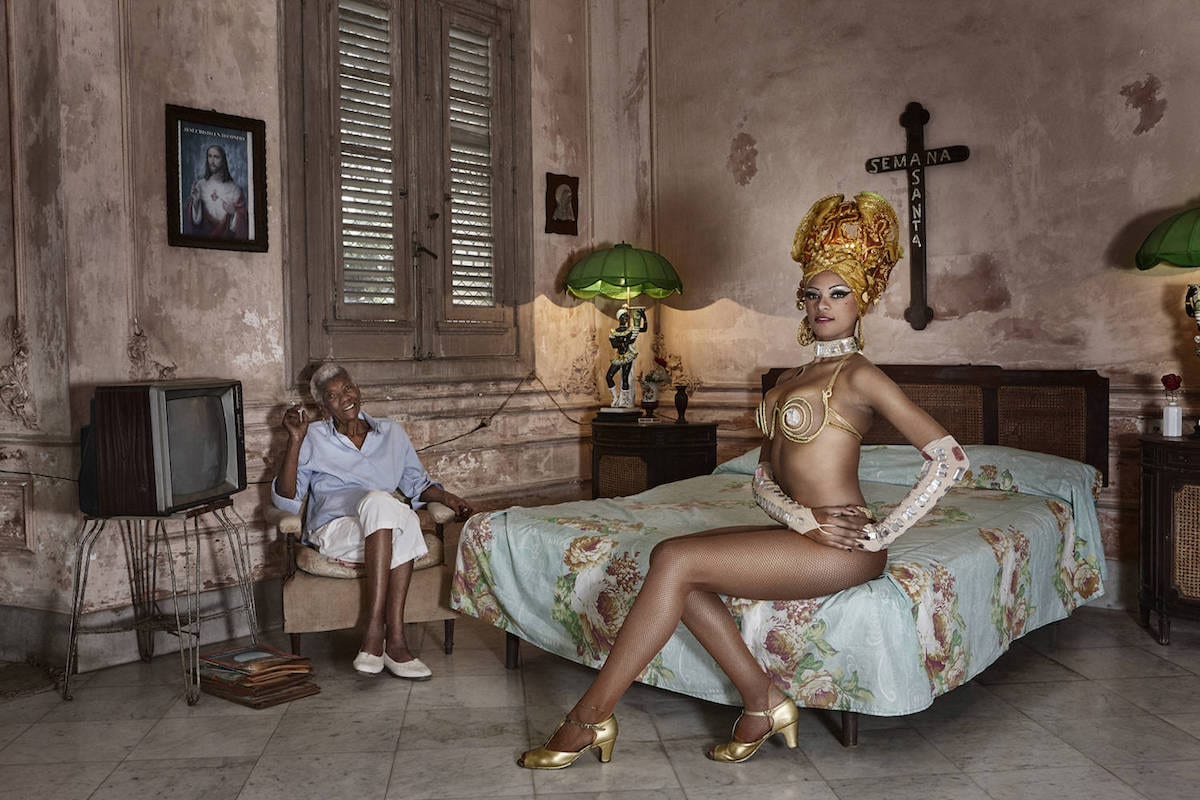
Unlike many other international photography awards, the Open Awards welcome entries from all levels, allowing the image reign supreme
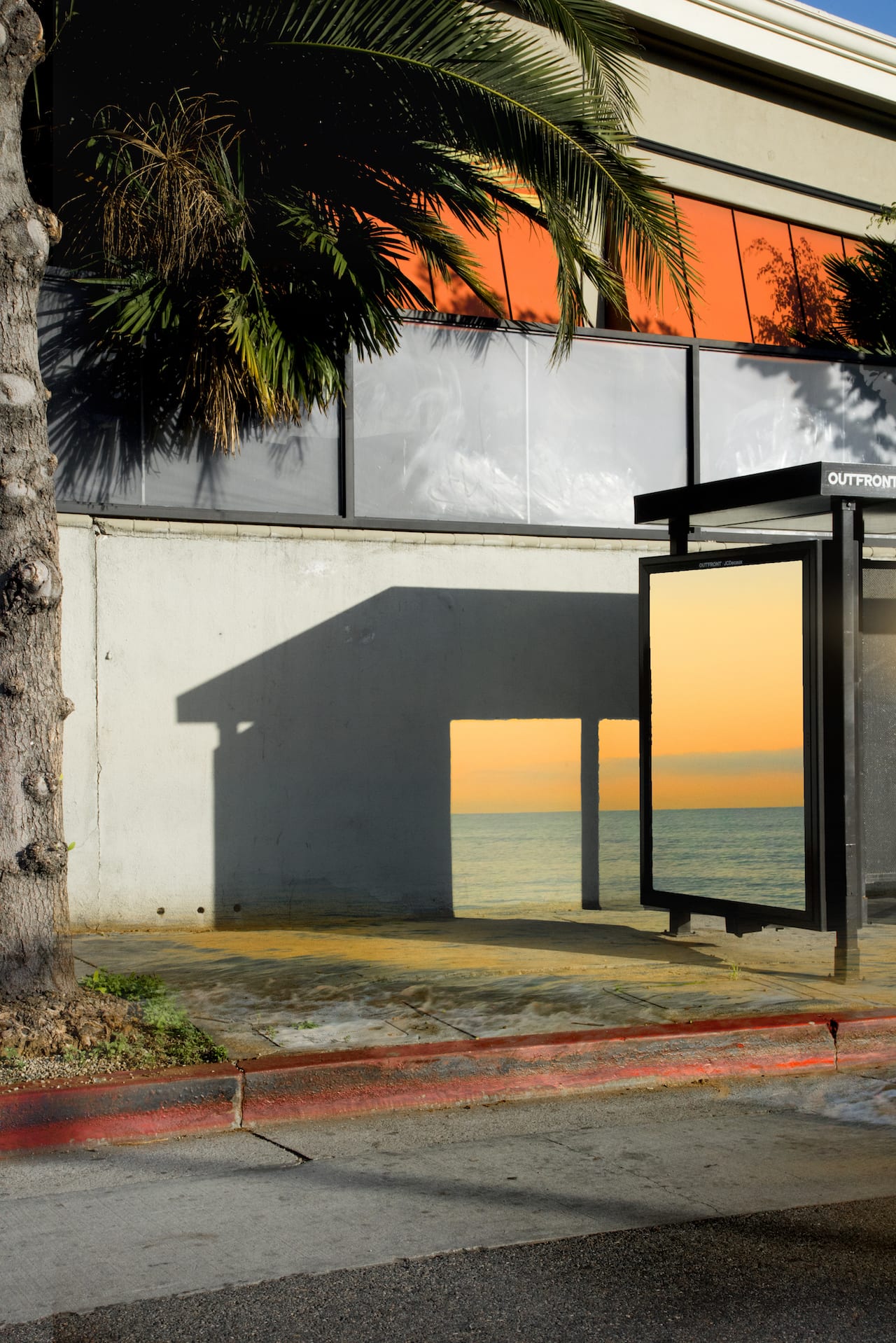
When Kanghee Kim started making photographs, it was out of frustration. Due to visa complications,…
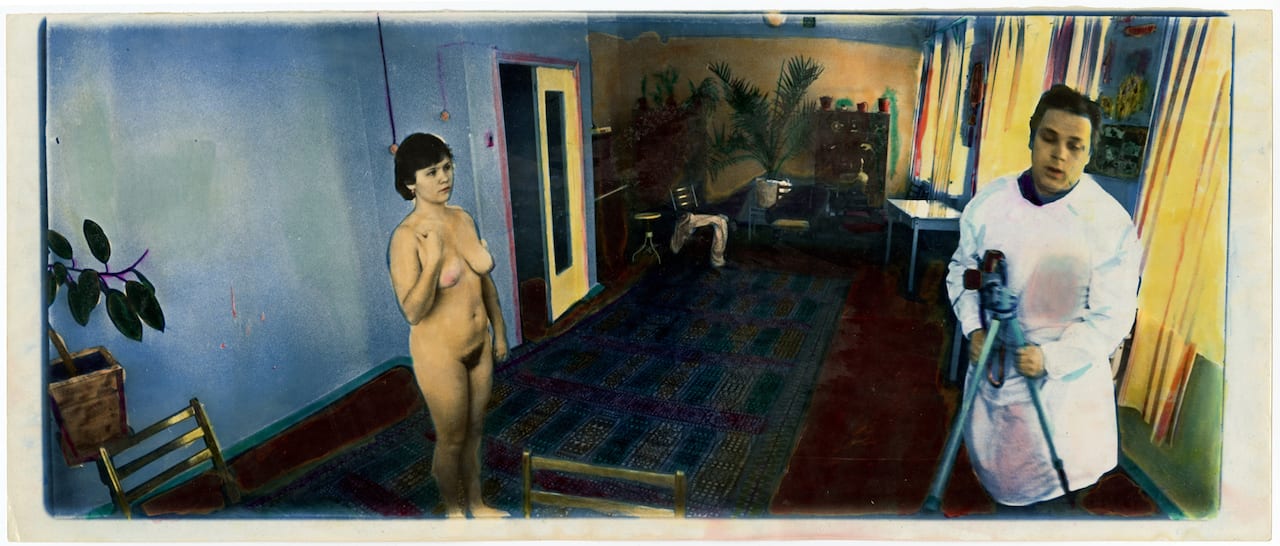
If you wanted to become a professional photographer in the Soviet Union, says Victor Kochetov, you only had two options. Either you could work at an atelier producing pictures for books or postcards, or you could work for the press – and both meant conforming to the ideological pressure of the state. Kochetov chose the first option, and through the 1960s he worked as a commercial photographer in Kharkiv, Ukraine, photographing events such as weddings and funerals, and providing images for books on travel.
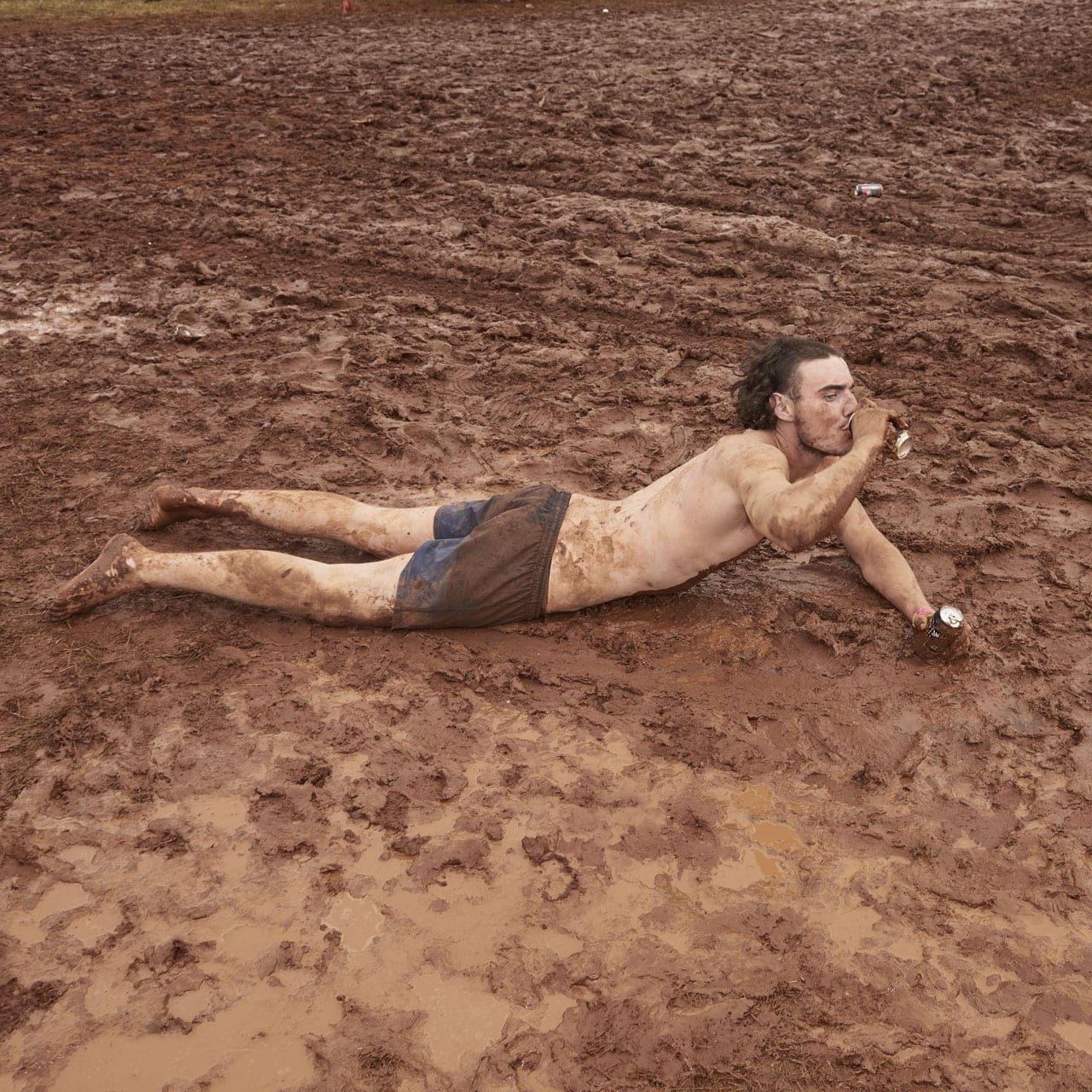
“I was quite scared to begin with,” says Ingvar Kenne, who has now been to ten Bachelor and Spinster (B&S) Balls, all in different regions of the Australian outback. “It’s by far one of the most intense things I’ve ever experienced. It’s full on, and non-stop.”
B&S Balls are notoriously drunken and raucous. They were originally set up to give young people in rural Australia the rare opportunity to meet a potential life partner. Nowadays they are mostly an excuse to party and let loose, but many of the old traditions have stuck, and hundreds of people still drive from all over the country to take part.